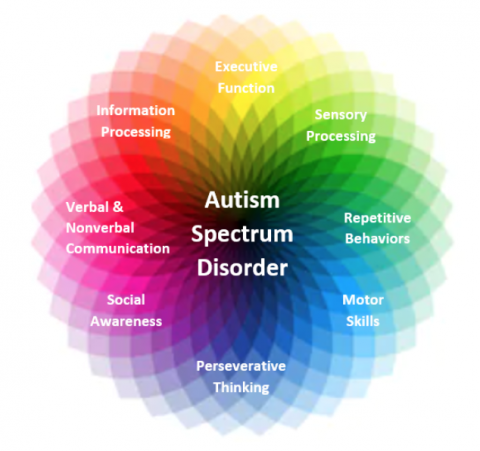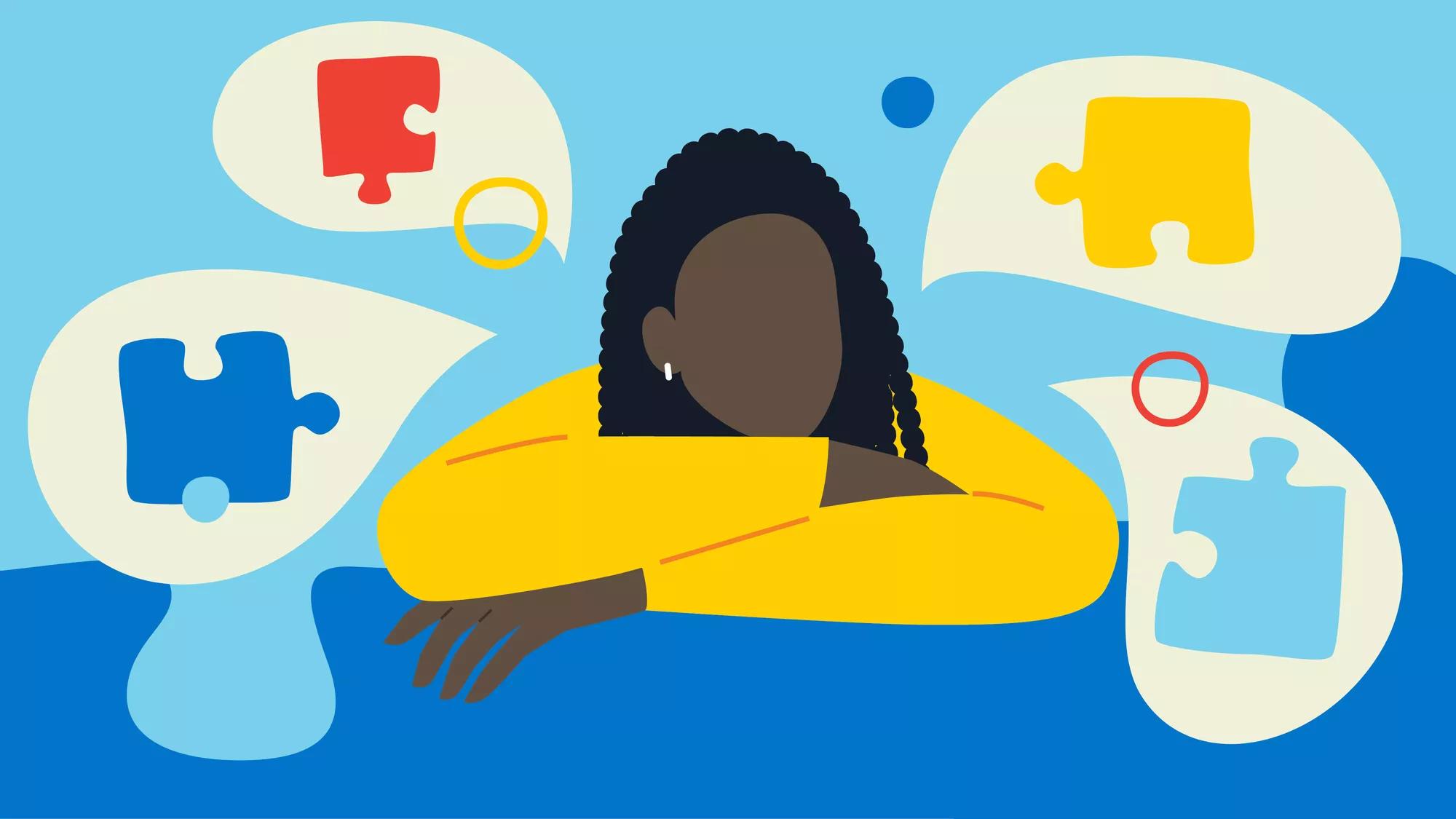Discovering Autism: Approaches for Reliable Communication and Communication
Efficient interaction and communication with individuals on the autism spectrum demand a thorough understanding of their distinct requirements and choices. The ins and outs of these approaches disclose more factors to consider that merit expedition, especially in just how they can be adapted to individual experiences and diverse contexts.
Comprehending Autism Spectrum Disorder
Autism Spectrum Problem (ASD) includes a series of neurodevelopmental conditions identified by challenges in social communication, communication, and recurring actions. The term "range" reflects the varied indications and differing degrees of extent experienced by people with ASD. While some might show significant impairments, others may display high-functioning characteristics, permitting greater self-reliance in day-to-day live.
The onset of ASD usually happens in early childhood, with indicators often recognizable by age 2. Very early indicators might consist of delayed speech development, restricted eye contact, and difficulties in understanding social hints. Although the precise etiology of ASD continues to be uncertain, research recommends a mix of hereditary and ecological elements plays a critical function in its development.
As an outcome, interventions and support tailored to private requirements are vital for promoting communication and social abilities. Acknowledging the complexity of ASD is essential for advertising understanding, approval, and effective methods that facilitate significant communications with people on the range.

Importance of Clear Interaction
Effective interaction is important for fostering understanding and connection, particularly for individuals with Autism Spectrum Problem (ASD) Clear communication not just promotes social interactions yet additionally boosts the individual's capacity to share their requirements, ideas, and emotions. For individuals with ASD, the subtleties of language can commonly be challenging; consequently, using unambiguous and simple language is necessary.
Additionally, clear communication helps in reducing irritation and anxiousness that might develop from misconceptions. When messages are conveyed in a straight and regular manner, individuals with ASD are better geared up to analyze info properly, which can considerably enhance their social engagement and engagement in different settings.
Establishing routines and using visual assistances can additionally boost clear interaction. These techniques give people with foreseeable structures that aid understanding and retention of information. Additionally, actively listening and being patient throughout communications advertises an encouraging setting where individuals with ASD feel valued and recognized.
Eventually, prioritizing clear communication not only equips people with ASD however additionally promotes even more meaningful links with their peers, caretakers, and the bigger neighborhood, leading the way for inclusive communications and collective relationships. - autism
Non-Verbal Interaction Strategies
Communication extends beyond words, and for individuals with Autism Range Disorder (ASD), non-verbal cues play a considerable role in communications. Non-verbal communication techniques can consist of facial expressions, gestures, body language, and eye get in touch with, every one of which act as vital components for conveying purposes and emotions.
Comprehending and analyzing these non-verbal signals can improve communications with individuals with ASD. A warm smile or open pose can produce an inviting environment, motivating interaction. In a similar way, utilizing visual help-- such as image cards or symbols-- can connect interaction voids and assist communicate messages extra efficiently.
It is likewise important to be mindful of personal area, as individuals with ASD might have various convenience degrees concerning distance. Observing their responses to physical nearness can educate suitable changes.

Developing Encouraging Atmospheres
Developing a helpful atmosphere is crucial for promoting positive interactions and boosting the wellness of people with Autism Spectrum Disorder (ASD) Such settings can substantially lower anxiousness and develop a sense of safety and security, permitting individuals to share themselves much more freely.
To accomplish this, it is necessary to consider sensory sensitivities that individuals with ASD may experience. Modifying the physical space to consist of soft illumination, very little background noise, and comfy seats can develop a relaxing atmosphere. Furthermore, making use of regular regimens and clear aesthetic timetables can help individuals anticipate shifts and decrease uncertainty, further promoting convenience.
Social spaces must be structured to reduce frustrating stimuli while offering chances for involvement in recommended tasks. Promoting locations marked for peaceful time can also act as a sanctuary during minutes of stress and anxiety. Significantly, integrating elements of option encourages individuals, permitting them to exercise learn the facts here now company in their atmosphere.

Motivating Social Interactions
Promoting social interactions amongst people with Autism Spectrum Problem (ASD) calls for willful methods Check This Out that prioritize convenience and involvement. Developing predictable regimens can assist lower anxiousness, making social setups a lot more approachable. Creating structured atmospheres with defined duties and functions permits people to involve without the overwhelming stress of disorganized social characteristics.
Including passions and toughness right into social tasks can serve as a stimulant for interaction. For instance, organizing group activities around shared hobbies or subjects of fascination can help with all-natural discussions and links. Furthermore, using aesthetic supports, such as social scripts or pictorial routines, can help in recognizing social signs and assumptions.
Modeling ideal social actions is critical - autism. Adults and peers must demonstrate effective interaction techniques, including active listening and turn-taking. Role-playing situations can likewise offer a safe room for people to practice these skills
Lastly, cultivating peer connections with inclusive practices is important. Motivating inclusive playdates or team getaways can create opportunities for socialization in a comfy setting. By carrying out these methods, instructors and caretakers can dramatically boost social interactions for individuals with ASD, advertising their overall social development and health.
Final Thought
In conclusion, efficient interaction and communication strategies are necessary for supporting people with Autism Spectrum Disorder. Ultimately, these approaches encourage people with autism to navigate social landscapes, promoting their total health and making it possible for the advancement of long-term connections.
Reliable interaction and interaction with individuals on the autism spectrum necessitate a comprehensive understanding of their unique requirements and choices. Clear interaction not only assists in social interactions however additionally enhances the person's ability to reveal their thoughts, needs, and feelings.Fostering social interactions among individuals with Autism Spectrum Condition (ASD) needs deliberate strategies that prioritize comfort and engagement. By executing these approaches, caretakers and instructors can significantly boost social interactions for people with ASD, advertising their general social development and wellness.
In final thought, efficient communication and interaction strategies are important for supporting people with Autism Range Disorder.